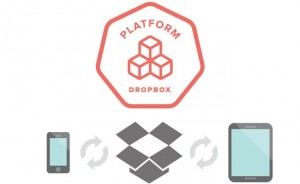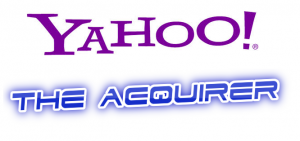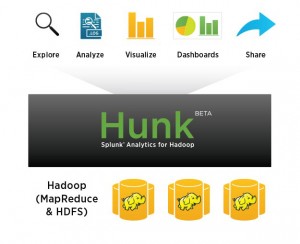Withings and the Rise of Connected Health
Ajit Deshpande - July 23, 2013 - 0 Comments
 Last week, French company Withings, a leading innovator in connected health and wellness devices, announced that it had received $30 million in venture funding from a syndicate of investors led by BpiFrance. Established in 2008, Withings has introduced a number of smart connected devices such as weighing scales, blood pressure monitors and baby monitors. Most recently, in early 2013, the company introduced the Withings Pulse, a pocket-sized activity tracking device that monitors heart rate, distance, elevation, calorie consumption, quality of sleep etc.
Last week, French company Withings, a leading innovator in connected health and wellness devices, announced that it had received $30 million in venture funding from a syndicate of investors led by BpiFrance. Established in 2008, Withings has introduced a number of smart connected devices such as weighing scales, blood pressure monitors and baby monitors. Most recently, in early 2013, the company introduced the Withings Pulse, a pocket-sized activity tracking device that monitors heart rate, distance, elevation, calorie consumption, quality of sleep etc.
The connected health space has seen hundreds of millions of venture investment over the past five years or so, Withings being the latest example. Future projections are quite bullish as well – annual revenues and annual shipment volumes both increasing approximately tenfold from 2012 to 2017, reaching ~$16 billion and ~18 million shipments respectively in 2017. Implicit in these projections is the expectation that most of the revenue earned will be from services and insights around valuable consumer data, with the device sales accounting for less than 20% of the revenue dollars (most devices cost approx. $100 even today). At the same time, the market for connected health devices is and will remain fragmented, with each device manufacturer currently offering its own proprietary data platform. So, in the grand scheme of things, the risk is that each device would create a data silo around it, until and unless one or more credible aggregators come along to merge these data silos and thereby provide the consumer with a unified view of his or her health and wellness. A few efforts are underway to create such unified views, but we are still in the early stages.
Given the above dynamic, some of the most interesting health IT venture investment opportunities for today might be in this aggregated data and insights layer around connected devices. This data layer will eventually be a key component of a true Personal Health Record, and together with ongoing startup efforts to ‘modernize’ EMR, might represent the path towards a truly quantified self. Most importantly, this data layer can support many winners.
If connected devices represent the infrastructure layer for consumer-oriented health IT, then Withings’ latest fundraising (along with Jawbone’s and Fitbit’s) indicates that we are getting to the later stages in this infrastructure game. It may be time for the frontier to move further, into data and insights and outcomes and a more efficient wellness economy.


